Understanding the Value Stream
learning from failure and persistence in making improvements
The Agile movement has its roots in Lean methodology. Lean focuses on identifying what creates value from a customer perspective, understanding the process that creates that value, and dogged persistence to continually improve on that process.
Energy and persistence conquer all things.
— Benjamin Franklin
Innovation as Process
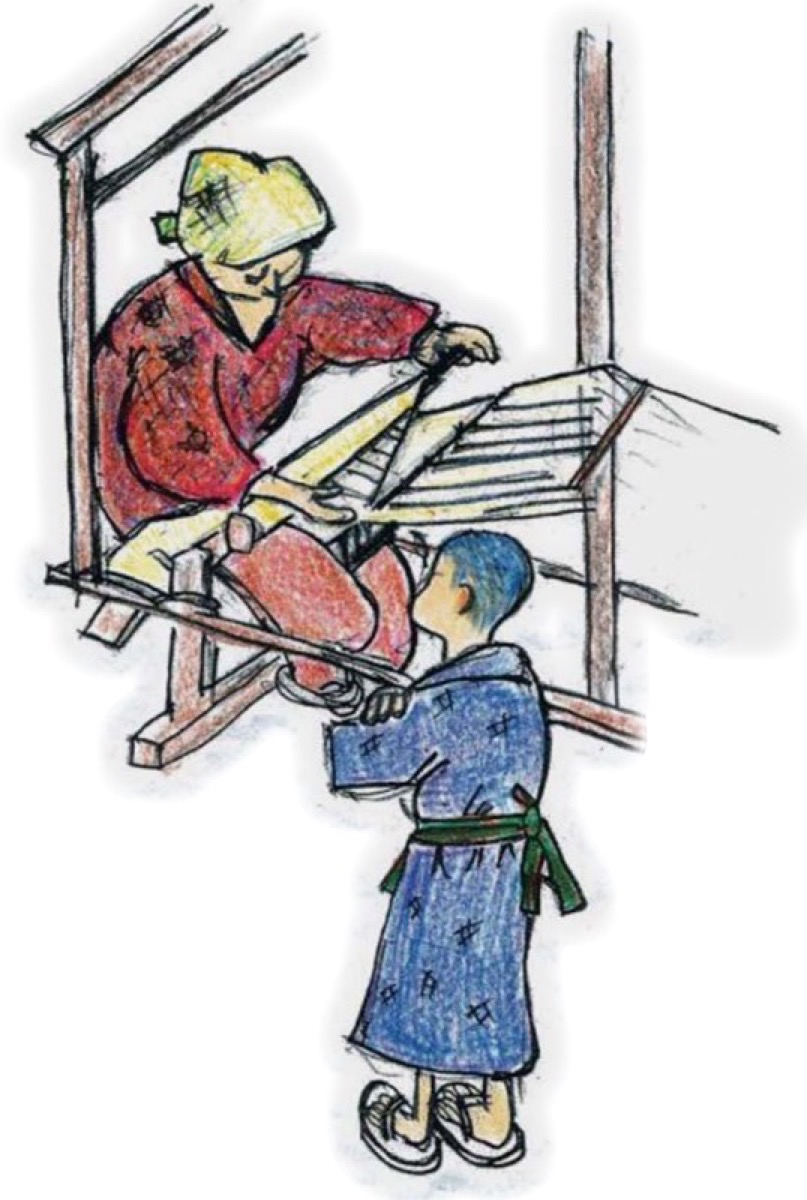
The curators of the Toyota museum in Nagoya, Japan when beyond creating a mere showcase of inventions to tell a story of innovation as a process. At a time when manually operated wooden shuttlecock looms were an important source of income, Sakichi Toyoda patented a design in 1890 that could be operated with just one hand, resulting in a significant improvement to productivity. He iterated relentlessly, including plans for an automatic shuttle-change loom in 1903, one in a long and prodigious series of advancements that competitors sought to copy.
The thieves may be able to follow the design plans and produce a loom. But we are modifying and improving our looms every day. They do not have the expertise gained from the failures it took to produce the original. We need not be concerned. We need only continue as always, making our improvements.
— Sakichi Toyoda
Toyoda’s insight into the value of learning from failure and persistence in making improvements are the foundation of Lean practice today.
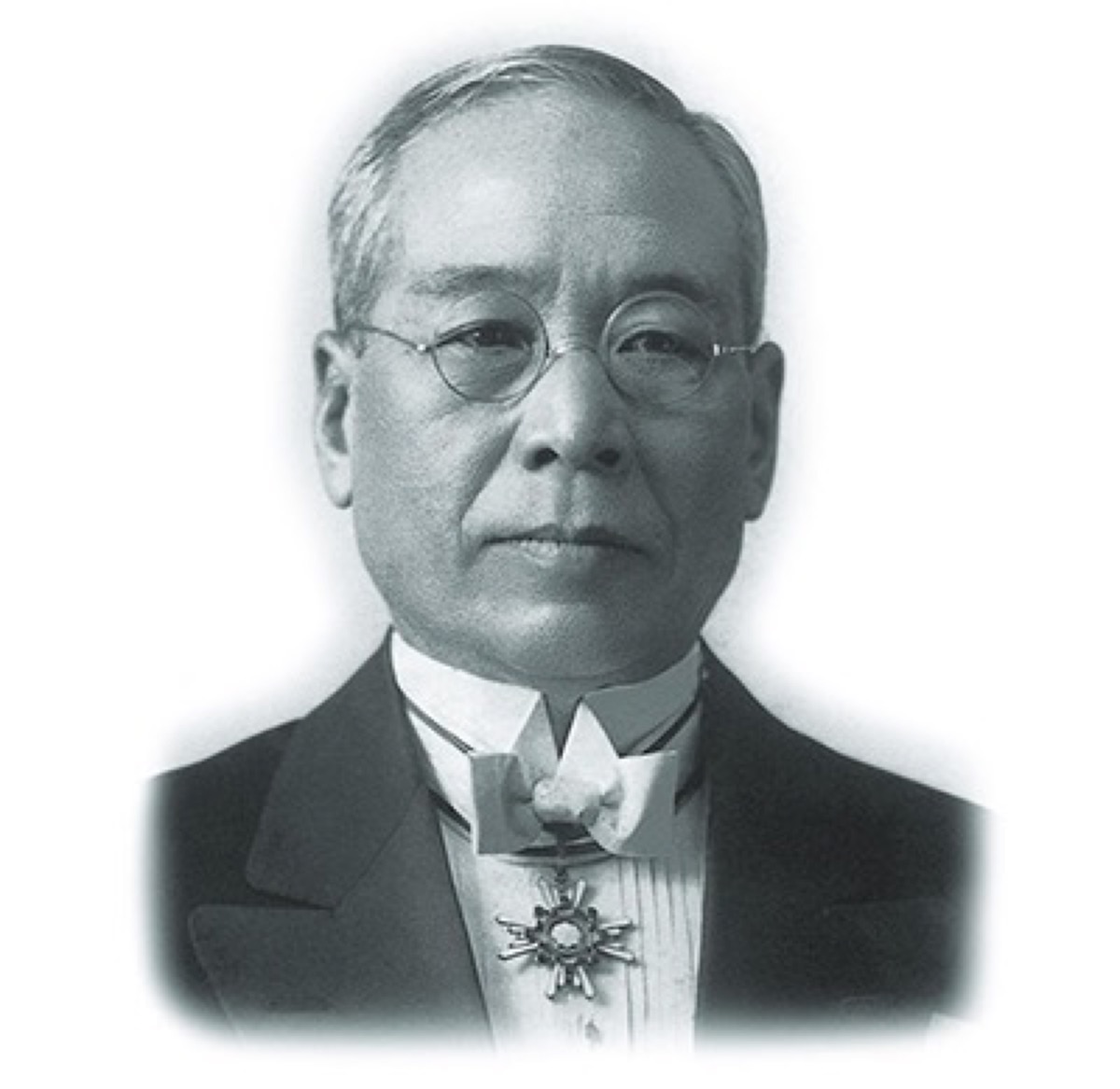
I’m not talented more than anybody else. I just put lots of efforts and researches.
— Sakichi Toyoda
As a sort of exercise in recursive innovation, Toyoda sold their portfolio of loom patents in the 1920s, changed their name to Toyota, and launched into the nascent automotive industry, already dominated American and European manufacturers. Despite the decades of metal casting experience that they brought to the project, the defect rate of their early engine blocks was very high and the success of the venture was in no way a sure thing.
Do not fear mistakes. You will know failure. Continue to reach out.
— Benjamin Franklin
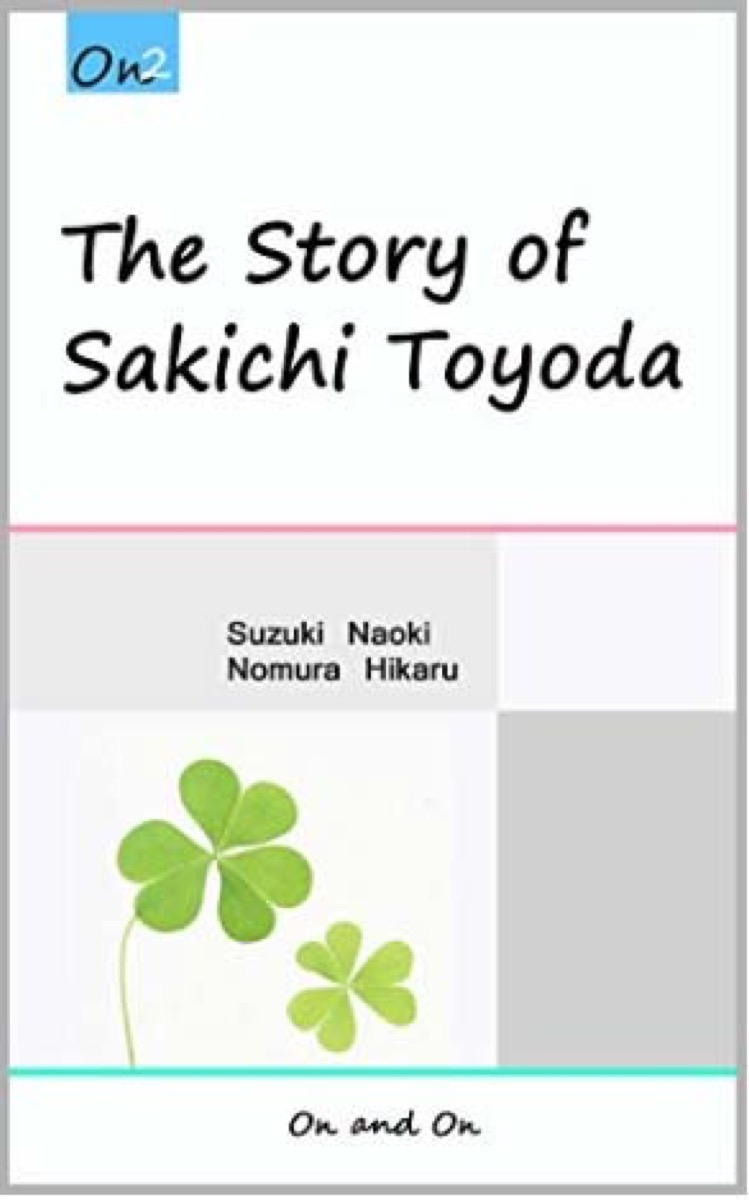
The process pioneered at Toyota was eventually championed in the West by W. Edwards Deming, who worked with Toyota in the post World War II period. As a statistician, management consultant and all-around great guy, Deming was a catalyst for the science of productivity, merging the culture of Toyota with the American tradition identified with Benjamin Franklin, adding his own unique contribution of applied statistical analysis.
If you can’t describe what you are doing as a process, you don’t know what you’re doing.
— W. Edwards Deming
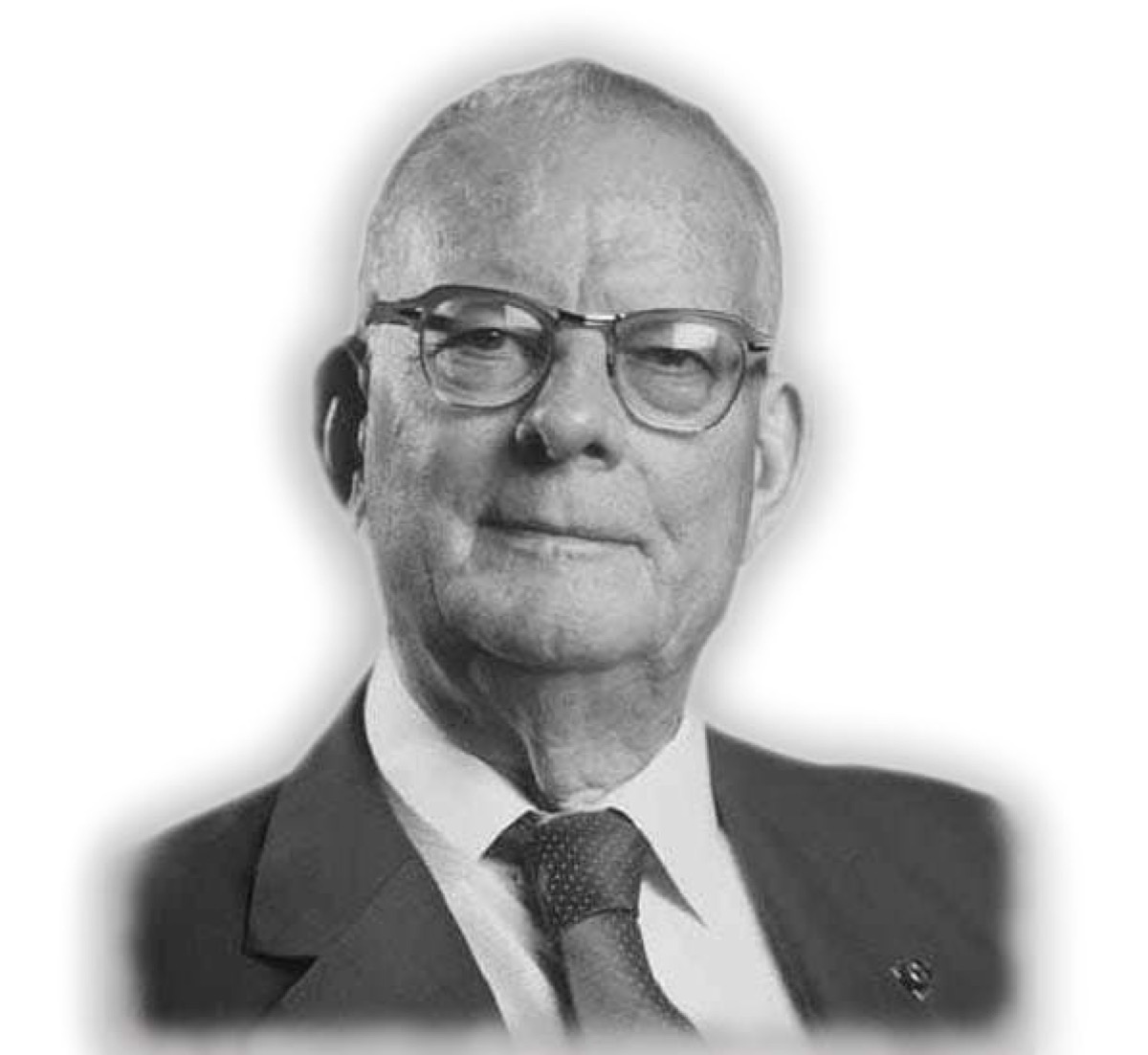
The Toyota Production System
Deming had modest success at fostering a culture of innovation in American manufacturing through the 1970s. The story of the Toyota-GM joint venture at the NUMMI plant in Freemont, California beginning in 1984 is a fascinating illustration of the limitations of the Toyota Production System under the constraints of GM management.
Export anything to a friendly country except American management.
— W. Edwards Deming
Deming’s notoriety was limited to management circles at the time when Ronald Regan awarded him the National Medal of Technology:
These are the dreamers, the builders, the men and women who are the heroes of the modern age.
— Ronald Regan, 25 June 1987
The publicity generated by the award sparked a series of articles and interviews with Deming, then 87 years old. His unpretentious optimism and vitality resonated with people working in spheres beyond manufacturing, including the rapidly evolving field of software engineering.
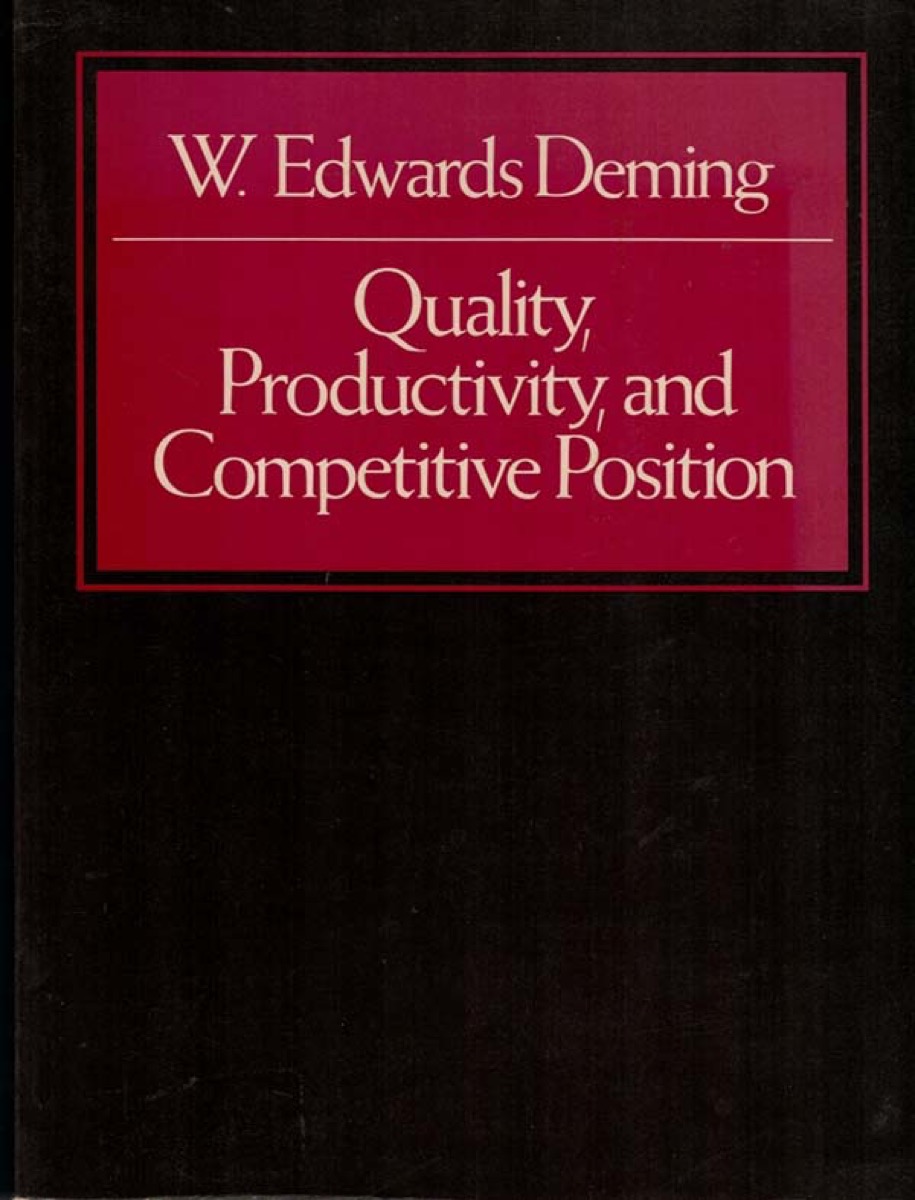
Continuous Integration
Deming’s books were the cornerstone of the 1970s manufacturing revolution of just-in-time delivery, and his 1982’s book Quality, Productivity and Competitive Position provides perspective on the state of Lean theory as it began to influence software thought leaders.
The Lean manufacturing conception of just-in-time delivery was misinterpreted by American bean-counters as merely a technique to reduce inventory carrying costs. Software thought leaders recognized the essential value of quickly capturing and correcting defects, and restated this Quality Assurance principle as a new standard of practice called Continuous Integration, popularized in 1999 by Kent Beck’s Extreme Programming Explained.
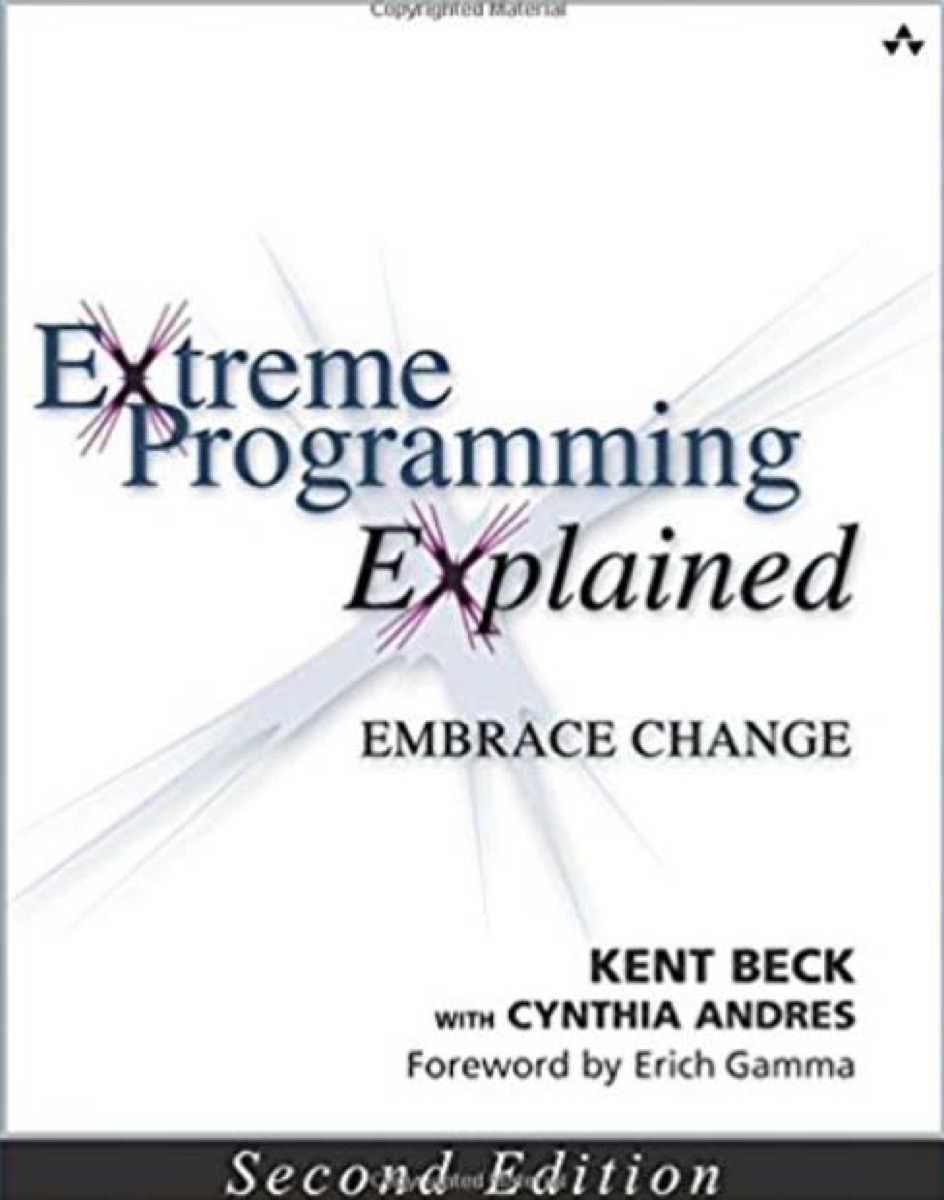
I found out that most programmers don’t like to test their software as intensely as I do.
— Kent Beck
There are many popular Lean programs and frameworks from Lean Enterprise to Six Sigma, and other formalized methodologies but the Lean police aren’t going to come to arrest you if you practice without a Six Sigma certification.
Seek advice, but this is one area where you might not want to defer to experts. Just focus on identifying what creates value from a customer perspective, work to understand the process that creates that value, and never give up on making that process work better: you’ll be standing on good ground.

Let's agree to define productivity in terms of throughput. We can debate the meaning of productivity in terms of additional measurements of the business value of delivered work, but as Eliyahu Goldratt pointed out in his critique of the Balanced Scorecard, there is a virtue in simplicity. Throughput doesn’t answer all our questions about business value, but it is a sufficient metric for the context of evaluating the relationship of practices with productivity.